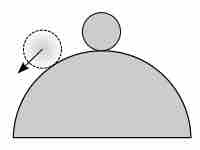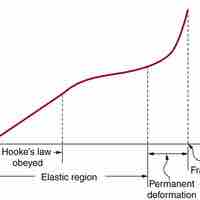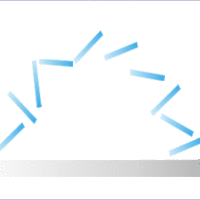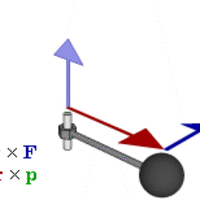Chapter 8
Static Equilibrium, Elasticity, and Torque
Book
Version 3
By Boundless
By Boundless
Boundless Physics
Physics
by Boundless
Section 2
Conditions for Equilibrium
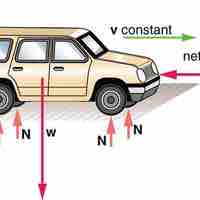
First Condition
The first condition of equilibrium is that the net force in all directions must be zero.
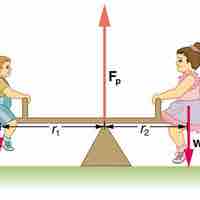
Second Condition
The second condition of static equilibrium says that the net torque acting on the object must be zero.

Two-Component Forces
In equilibrium, the net force and torque in any particular direction equal zero.
Section 5
Applications of Statics
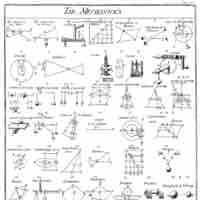
Simple Machines
A simple machine is a device that changes the direction of a force or augments a force; simple machines fall into six categories.
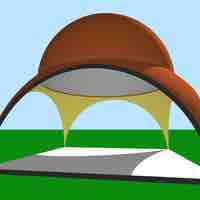
Arches and Domes
Arches and domes are structures that exhibit structural strength and can span large areas with no intermediate supports.
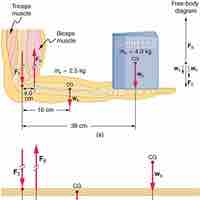
Muscles and Joints
Most skeletal muscles and joints exert much larger forces within the body than the limbs will apply to the outside world.
You are in this book
Boundless Physics
by Boundless

